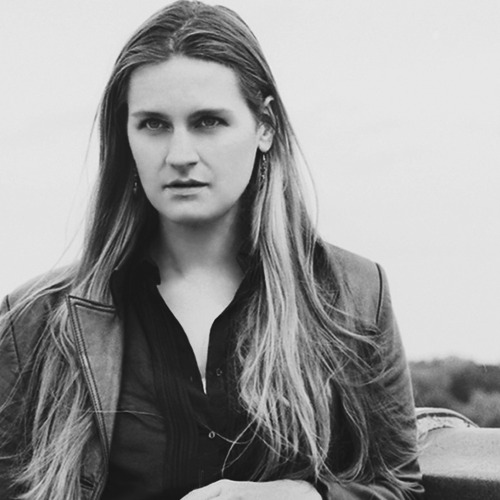Sunday morning finds me up early and, at present, listening through versions of Consuelo Velasquez’s “Besame Mucho”, a jazz and pop standard that has retained its full potency in the 73 years since its composition in 1940. I have no idea how many times the song has been performed or recorded in that time–hundreds, easily. I’ve probably heard 100 myself over the last 20 years, including several new ones just a few minutes ago. The universality of the tune makes it readily accessible as the embodiment of a certain mood, so rooted in that time and place that it, The melody is ubiquitous; it can float in the background like spiderwebs in a breeze, or be battle-axed with bravura bombast. It’s all good, as they say. Put most simply, “Besame Mucho” is America’s “Dark Eyes”.
Firstly, let’s just get this out of the way right now, since it can’t rightly be ignored, especially with the display of circular breathing at the end. I never expected to ever heard anything by Kenny G I could even stand, let alone really enjoy, but if it happens again, I will consult a priest…
The Johnny Hepbir Trio does a really nice Gypsy Swing rendition…
The late, great pianist Michel Petrucciani (1962-1999)made regular use of the song during his too-short but masterful run in the 1980s and ’90s. My favorite of the bunch comes from his Live Solo album (1999, recorded 1997), which also contains arguably the greatest solo piano version of “Caravan” ever (although Dick Hyman’s version at Maybeck maybe exceeds his, in terms of sheer balls-out virtuosity)…
Petrucciani augmented his piano with the Graffiti String Quartet for this version from 1994. They add the proverbial brooding intensity, which probably matches the artist’s own feelings at that point in his life…
[http://www.youtube.com/watch?v=yoXdoV1IER4]
Another great pianist to tackle the tune is Dave Brubeck, who recorded this version (which includes some sweet boo-bamming) in 2000…
The trio led by bassist Avishai Cohen (not to be confused with trumpeter Avishai Cohen) wholly appropriated the tune during their Cully Jazz set in 2011, offering one of the freshest, most forward-thinking renderings ever; note his epic little bass solo to start things out…
I had no idea the Beatles had recorded “Besame Mucho” as well. Apparently they used the tune as part of their infamous failed audition for Decca Records on New Year’s Day, 1962, one of the more fateful fuckups in music history. Decca instead chose a band called Brian Poole and the Tremeloes, which was a pretty good band that had some hits but, by virtue of having not been the Beatles, have been reduced largely to a trivia question, if not a punchline. Meanwhile, the Beatles signed to EMI that May, and Pete Best was fired after their first recording session for the label in August, replaced by Ringo, and it was off to the races…
What got me started browsing “Besame Mucho”s on the YouTube was the desire to hear what’s probably my favorite version ever (though that Cohen has me reconsidering): This 1962 take from a quartet led by vibraphonist Dave Pike, with bassist Herbie Lewis and drummer Walter Perkins, featuring a guest appearance by the great pianist Bill Evans. As the story goes, this rare sideman gig from November 1961 was Evans’ first recording session since the tragic car crash the previous July that killed his friend, the groundbreaking bassist Scott LaFaro, whose work at the Village Vanguard earlier that year remains a signpost of modern music. Evans’ solo is viewed by some (like myself) as a kind of stylistic and emotional encomium for his fallen colleague, whose death at just 25 was a blow to the business similar to Clifford Brown demise five years earlier. Note, also, Perkins’ solo, which adds a sort of martial touch to a track already infused with dramatic tension. Since it was the first version I went for, it makes sense to put it last…


